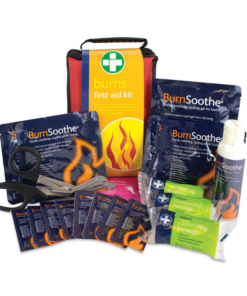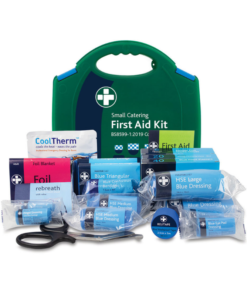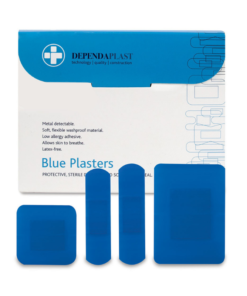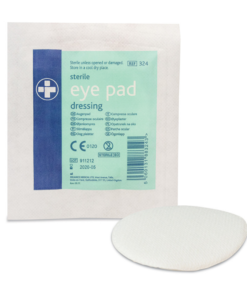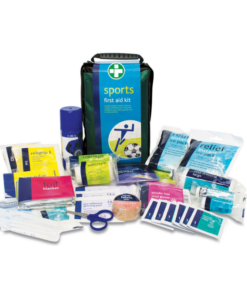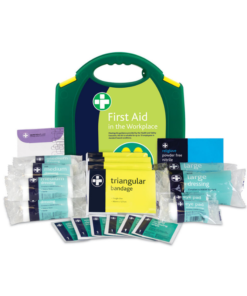Description
Description
The Rebreath Resuscitation Aid is a plastic film resuscitation device with a one-way valve. It is used to provide a barrier between the user and a casualty while giving mouth-to-mouth resuscitation, and the one-way valve allows expired air ventilation. The film acts as a barrier to help prevent infection during mouth-to-mouth resuscitation and is ideal for carrying on person, while training or to include in first aid kits.
This is a simple tool that could help to save a life. The Rebreath Resuscitation Aid is easily compact and can be easily stored in places such as your car or a first aid kit. For single use only.
Uses
The Rebreath Resuscitation Aid is used to provide a barrier between the user and a casualty while giving mouth-to-mouth resuscitation.For an adult:
Application
For an adult:
Priorities:
• Assess the situation – do not put yourself in danger
• Make the area safe
• Assess all casualties and attend any unconscious casualties first
• Send for help – do not delay
Check for a response:
• Gently shake the casualty’s shoulders and ask loudly: Are you all right?
• If there is no response, your priorities are to:
o Shout for help
o Open the airway
o Check for normal bleeding
o Take appropriate action
Follow the A, B, C’s:
A: Airway
• To open the airway, place your hand on the casualty’s forehead and gently tilt the head back
• Lift the chin with two fingertips
B: Breathing
• Look, listen and feel for normal breathing for no more than 10 seconds:
o Look for chest movement
o Listen at the casualty’s mouth for breath sounds
o Feel for air on your cheek
• If the casualty is breathing normally:
o Place in the recovery position
o Get help
o Check for continued breathing
• If the casualty is not breathing normally:
o Get help and call for an AED if available
o Start chest compressions
C: CPR
• To start chest compressions, lean over the casualty and with your arms straight, press down on the centre of the breastbone 5 – 6cm, then release the pressure
• Repeat at a rate of 100 – 120 times a minute
• After 30 compressions, open the airway again
• Apply the resuscitation aid
• Make sure that the airway valve is over the open mouth
• Blow strongly through the valve to inflate the casualty’s lungs and watch for the chest rising
• Give 2 breaths through the resuscitation aid and continue this process in a ratio of 30 compressions: 2 breaths until qualified help takes over, or the casualty starts breathing normally
For a child:
• Follow the above steps but use the heel of one hand on the breastbone when doing compressions.
• Continue this process in a ratio of 30 compressions: 2 breaths until qualified help takes over, or the child starts breathing normally.



